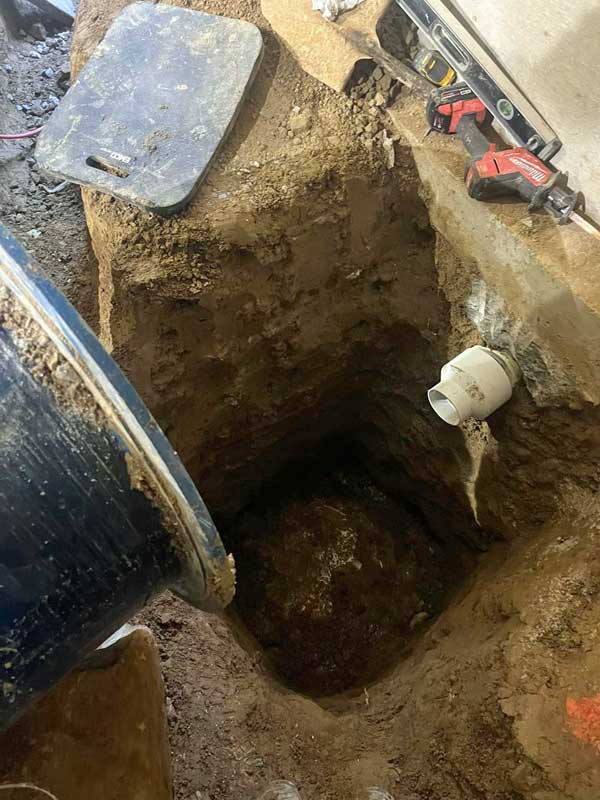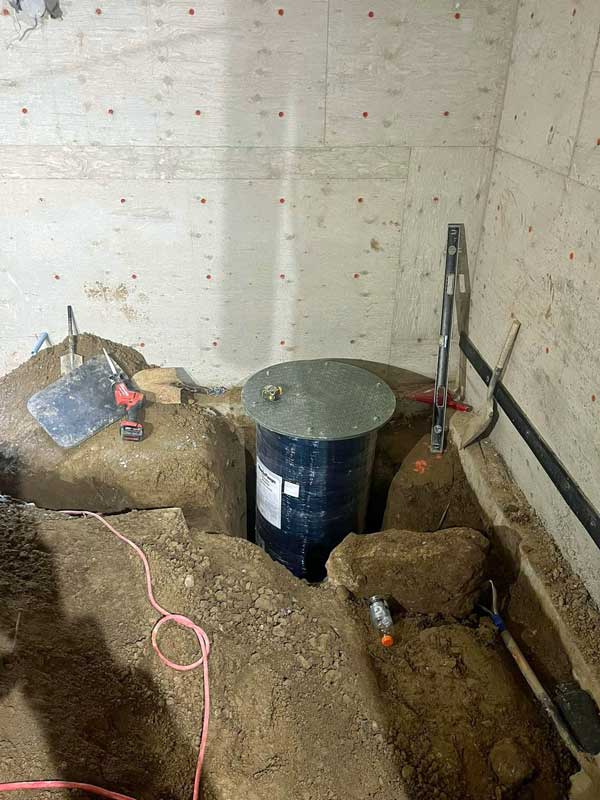Sump Pumps
Sump pumps are crucial devices in many homes, designed to prevent basement flooding and manage groundwater. They are particularly vital in areas prone to heavy rainfall, high water tables, or poor drainage systems.
What is a Sump Pump?
A sump pump is placed in the lowest part of a crawlspace or basement. Its primary function is to prevent flooding by removing water that accumulates in a sump basin, typically located in the basement floor. When the water level in the basin rises to a certain point, the sump pump activates and pumps the water out of the basement and away from the foundation of the house, usually to a municipal storm drain or a dry well.
Types of Sump Pumps
There are two main types of sump pumps – Pedestal and Submersible.
Pedestal Sump Pumps have a motor mounted above the sump basin, making them easily accessible for maintenance. They are generally less expensive but can be noisier than submersible pumps. Pedestal pumps are suitable for smaller sump basins where space is limited.
Submersible Sump Pumps are installed entirely inside the sump basin and are submerged in water. They tend to be quieter and more efficient than pedestal pumps but can be more challenging to access for repairs. Submersible pumps are typically more durable and are better suited for larger basements with significant water accumulation.
Components of a Sump Pump System
A sump pump system comprises several key components:
- Sump Basin: A pit dug into the basement floor where water collects.
- Pump: The device that removes water from the basin.
- Discharge Pipe: A pipe that carries water from the pump to the outside of the home.
- Check Valve: Install a valve that prevents water from flowing back into the sump basin after you pump it out.
- Float Switch: A mechanism that activates the pump when the water level in the basin rises to a certain point.
- Battery Backup: An optional component that ensures the pump operates during a power outage.
Installation
You can tackle installing a sump pump as a DIY project if you have plumbing and electrical skills, but many homeowners prefer to hire a professional to ensure the job is done correctly. Here is a brief overview of the installation process:
- Choose the Location: Select a suitable location for the sump basin, ideally at the lowest point of the basement where water tends to accumulate.
- Dig the Basin: Excavate a pit for the sump basin and place the basin inside.
- Install the Pump: Position the pump inside the basin and connect the necessary pipes.
- Set Up the Discharge Pipe: Run the discharge pipe from the pump to the outside of the house, ensuring it directs water away from the foundation.
- Install the Check Valve: Attach the check valve to the discharge pipe to prevent backflow.
- Connect the Power: Plug the pump into a GFCI (ground fault circuit interrupter) outlet.
Maintenance
Regular maintenance is essential to keep a sump pump in good working condition. Here are some maintenance tips:
- Test the Pump Regularly: Pour water into the sump basin to ensure the pump activates and discharges water properly.
- Clean the Sump Basin: Remove any debris that may have accumulated in the basin.
- Check the Discharge Pipe: Ensure the pipe is free from obstructions and directs water away from the house.
- Inspect the Check Valve: Verify that the check valve is functioning correctly.
- Maintain the Battery Backup: If your system includes a battery backup, check the battery periodically and replace it as needed.
Benefits of a Sump Pump
Sump pumps offer numerous benefits, including:
- Flood Prevention: The primary benefit of a sump pump is to prevent basement flooding, which can cause extensive damage to property and possessions.
- Mold and Mildew Prevention: By keeping the basement dry, sump pumps help prevent the growth of mold and mildew, which can pose health risks
- .Foundation Protection: By directing water away from the foundation, sump pumps help prevent soil erosion and foundation damage.
- Increased Property Value: Homes with sump pumps are often more attractive to buyers, as they indicate a proactive approach to water management and property protection.
Conclusion
Sump pumps are an essential part of home maintenance, especially for those living in areas with high water tables or frequent heavy rainfall. By understanding the different types of sump pumps, their components, and how to maintain them, homeowners can protect their basements from flooding and ensure the longevity and safety of their property. Regular maintenance and proper installation are key to the effective operation of a sump pump, providing peace of mind and safeguarding against water damage.




